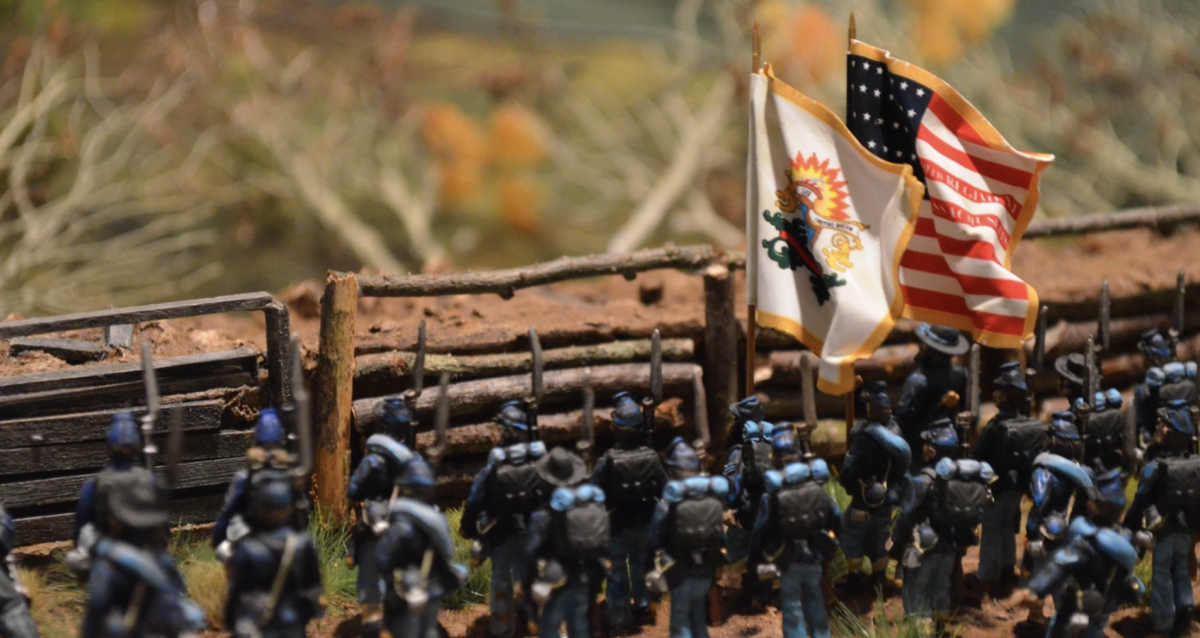The 6th Mississippi Regimental flag, Company D, also known as Lowry’s Rifles. The 6th was in Adams’s Brigade, Loring’s Division. The 6th saw action to the right of Cleburne’s Division, assaulting the Federal line facing fire from Casement’s and Reilly’s Brigades.
There are three known-identified 6th MS boys buried at McGavock. It’s very likely there are numerous more unknown buried at McGavock as their known dead is a very low amount for Mississippi regiments, and considering the 6th MS saw action to the Union left of the Cotton Gin.

Picture Credit” Arms and Equipment of the Confederacy (p. 259).
“The casualties of the corps,” reported Lieut.-Gen. Stewart, “were something over 2,000 in killed, wounded and missing. Among them were many of our best officers and bravest men. Brig.-Gen. John Adams was killed, his horse being found lying across the inner line of the enemy’s works.” The casualties of Adams’ Brigade were the heaviest of the division — 10 officers and 34 men killed; 39 officers and 232 men wounded, 23 missing. Col. Robert Lowry took command of the brigade, which, on December 9, reported an aggregate present 1,769, effective 1,047, prisoners of war 50.
Dunbar Rowland’s “Military History of Mississippi, 1803-1898











